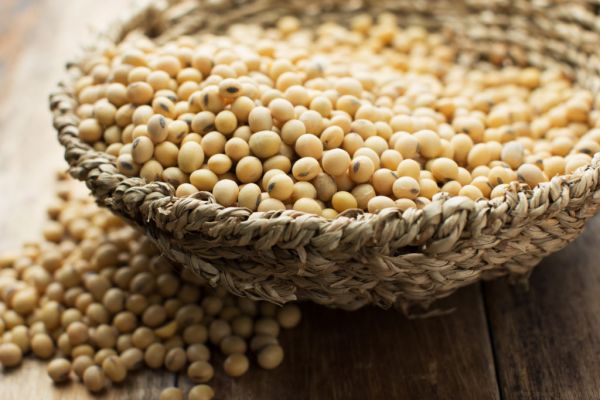World grain prices probably will decline in the next year or two as farmers boost production at a faster rate than demand rises, the Organization for Economic Cooperation and Development and the United Nations said.
More crop supplies mean food costs may not be as volatile as in the past seven years, when shortages and trade restrictions pushed prices to records, Angel Gurria, secretary- general at the OECD, said at a press conference in Rome. Demand for agricultural products will remain firm through 2023 while “expanding at slower rates compared with the past decade,” according to a report released by the OECD and UN’s Food & Agriculture Organization today.
“Production is on the rise and prices are falling after major spikes,” Gurria said. “Global markets are returning to more normal conditions.”
Record global harvests in the past year of crops including corn, soybeans and wheat helped send benchmark prices of all three commodities lower on the Chicago Board of Trade. Corn entered a bear market this month and soybeans are 15 percent lower than a year earlier as most crops in the U.S., the top grower, are developing in good condition after ample rain.
Average world wheat costs may decline annually through the 2016-17 season, as coarse grains including corn fall this year and then remain flat during the rest of the decade when adjusted for inflation, according to the report. Global costs of most meat, dairy and fish are expected to increase in the coming years while declining in the “medium term” when adjusted for inflation, according to the report.
Food Prices
Grains will remain “at the core” of what most people consume, even as diets are changing to include more proteins, fats and sugar, the agencies said. While food prices may stabilize, they won’t return to levels seen before 2008, when a food crisis sparked riots worldwide and sent wheat to a record, the report said.
“We think that the scenario for the future is better and for more stable prices, but at a high level,” Jose Graziano Da Silva, director-general of the FAO, said at the press conference. “The time of very low prices is over.”
Global production of wheat was estimated at 710.5 million metric tons in 2014, up from 692.1 million tons on average in the prior three seasons, according to the report. Output may reach 778.1 million tons by 2023. Total production of coarse grains will be 1.273 billion tons this year, versus the prior average of 1.208 billion tons and a projection of 1.418 billion in 2023.
Production Response
“For coarse grains, the production response to the high prices in recent years is expected to be especially strong in the United States, the Russian Federation and Argentina,” according to the report. “Global demand will not be able to absorb this supply at current prices.”
More investment will be needed in infrastructure and storage, especially in developing countries, to help reduce food waste in order to meet demand from rising populations during the next 35 years, OECD’s Gurria said.
“The world can grow enough food over the next 10 years, and it can respond to the broader challenges of feeding 9 billion people by 2050,” he said. “Today we are probably producing what we will need by 2050, but we waste about a third of what we produce.”
Bloomberg edited by ESM













